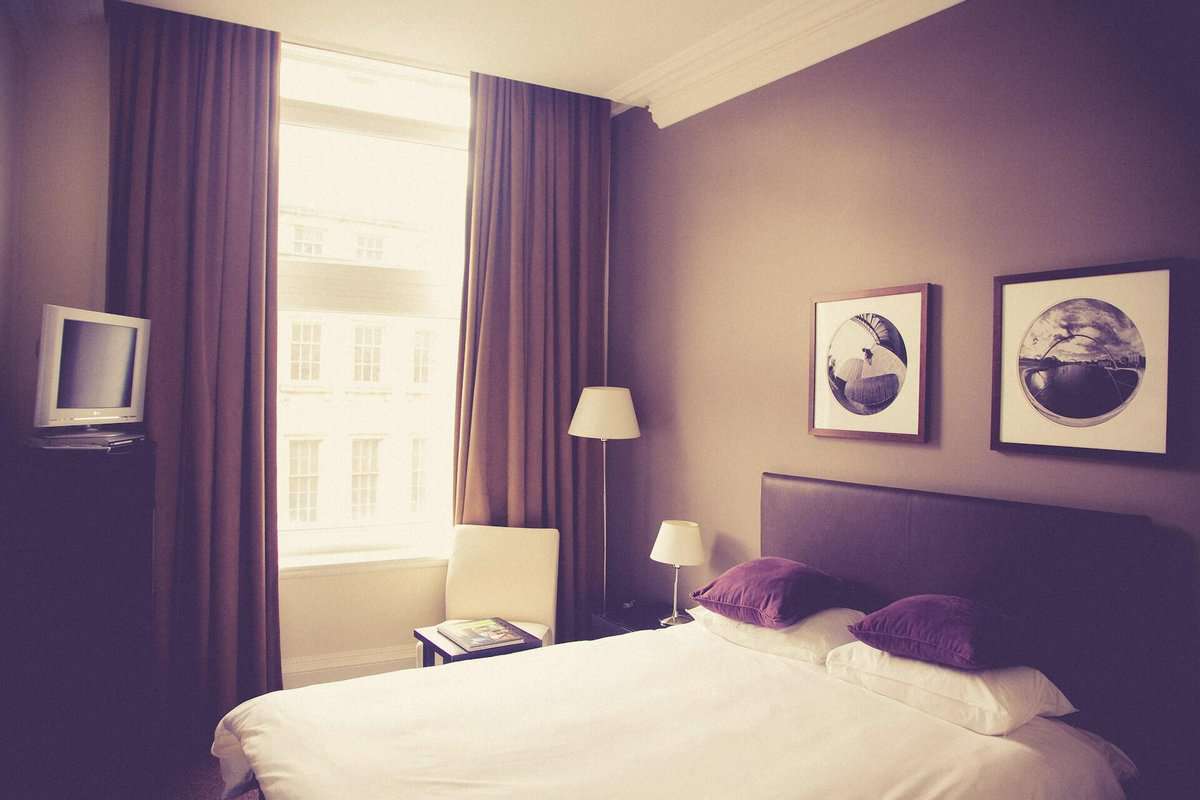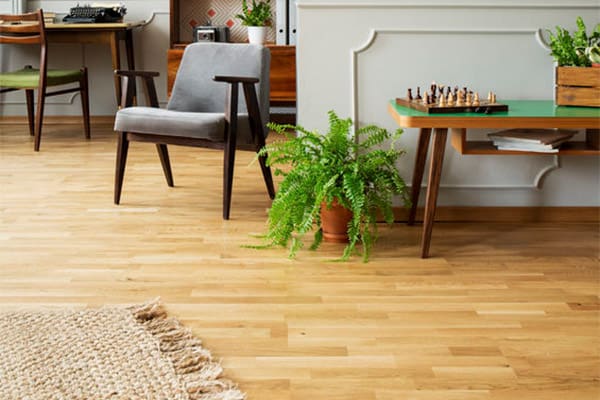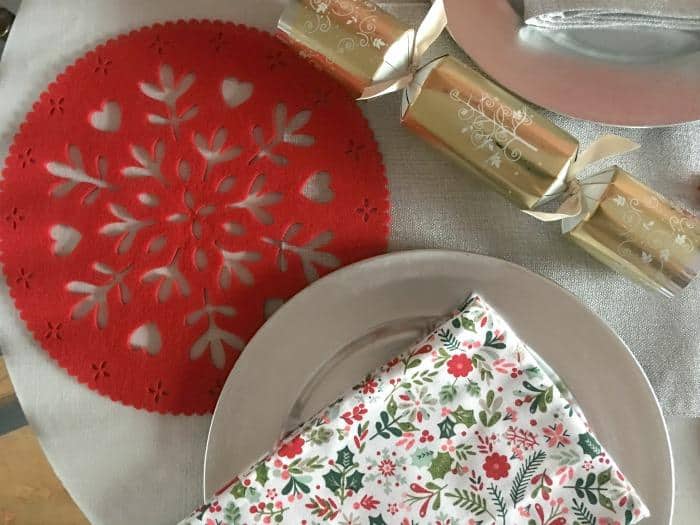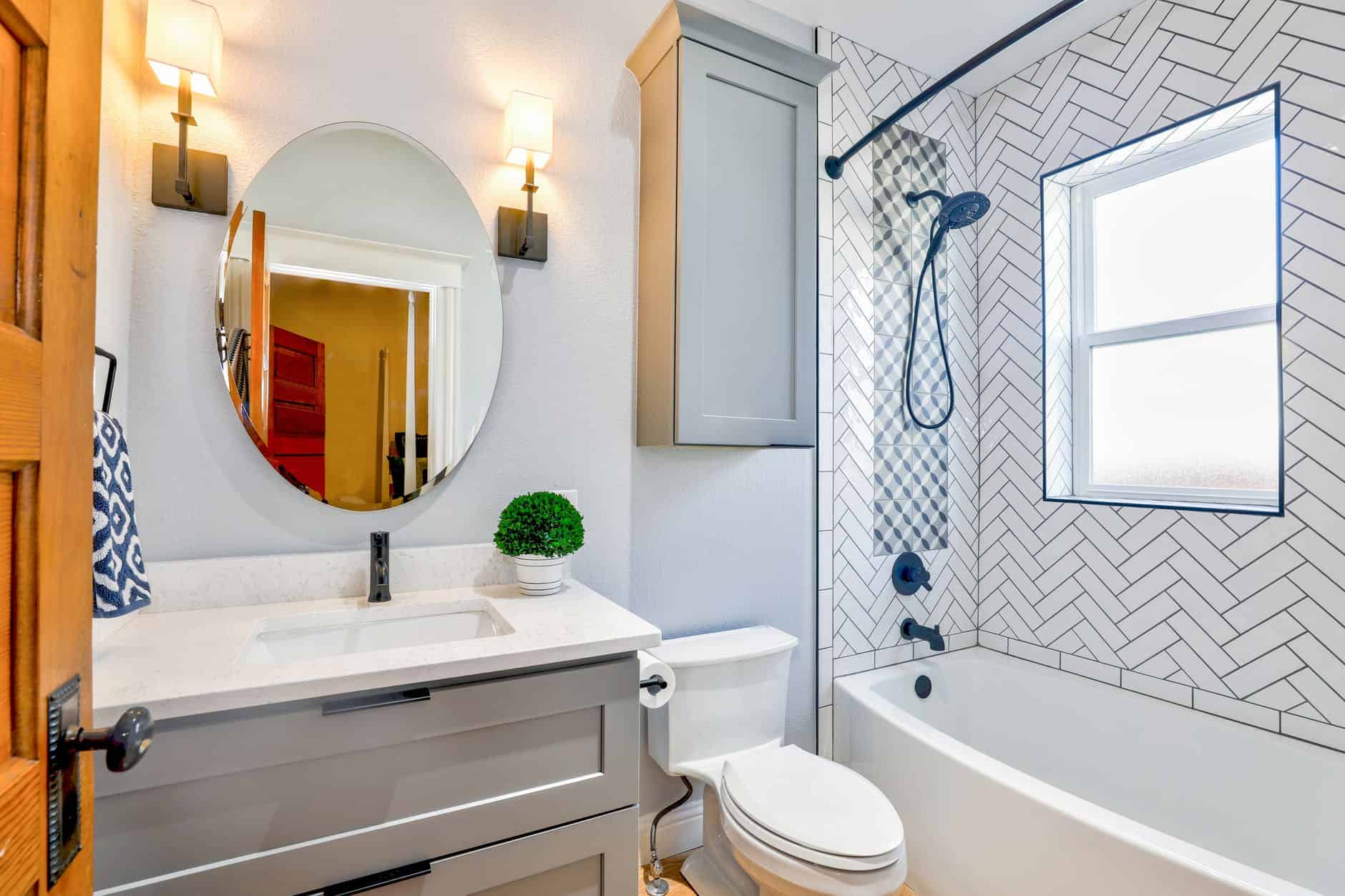What Are The Key Materials Used In Soundproof Curtains: Understanding Sound Blocking Technology
Soundproof curtains are a popular method for reducing noise pollution in both residential and commercial environments.
These specialized curtains are designed to absorb, block, and dampen sound, making them a practical choice for enhancing privacy and improving quality of life.
The effectiveness of soundproof curtains is primarily attributed to the materials from which they are made; typically, they consist of dense, thick, and heavy fabrics capable of both absorbing and reflecting sound waves that would otherwise penetrate through a standard window treatment.
The key materials utilized in the construction of premium soundproof curtains include various heavy textiles, foam, and sometimes layers of mass-loaded vinyl.
Together, these components create a barrier against sound by impeding the vibrations that constitute noise.
Some curtains also incorporate thermal insulation properties, further contributing to a controlled and quiet indoor atmosphere.
While no curtain can completely eliminate noise, a well-crafted soundproof curtain can significantly reduce the intrusion of unwanted sounds from external sources.
Key Takeaways
- Soundproof curtains utilize heavy, dense materials to reduce noise by absorbing and blocking sound waves.
- The combination of textiles, foam, and mass-loaded vinyl in their construction enhances their noise reduction capabilities.
- Quality soundproof curtains improve privacy and can have a positive impact on overall quality of life by mitigating noise pollution.
Materials and Design of Soundproof Curtains
The effectiveness of soundproof curtains hinges on their construction from materials that can absorb sound and block noise transmission.
These materials are combined through careful design to enhance the acoustic properties of the curtains.
Types of Materials Used
Soundproof curtains are crafted from a variety of dense materials.
Common fabrics include velvet and polyester, chosen for their mass and their ability to absorb sound.
Foam is another crucial material, often incorporated as a layer within the curtains to enhance noise reduction capabilities.
- Velvet: Dense and plush, providing excellent noise absorption and thermal insulation.
- Polyester: A versatile fabric that can be thickened to improve sound absorption.
- Foam: Adds to the density of the curtains, helping to trap and manage sound waves effectively.
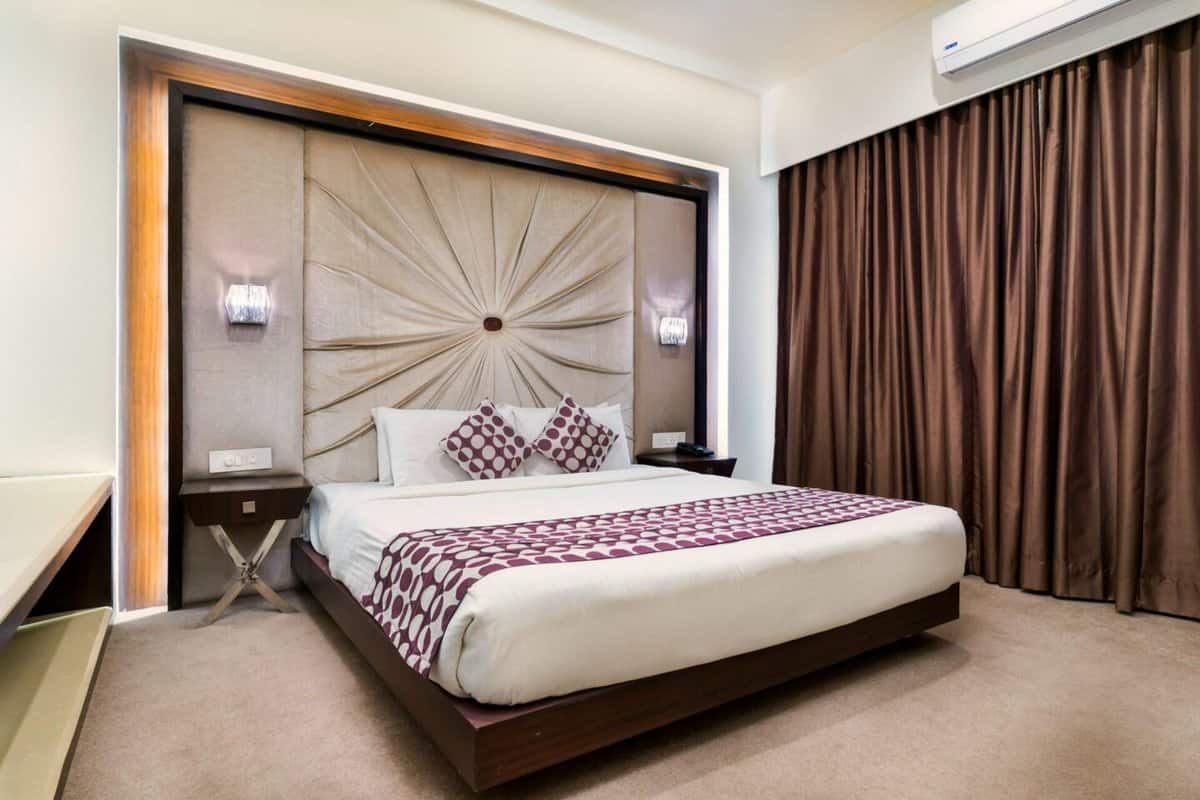
Design Features
While the fabric type is vital, design elements such as the layers of fabric and the overall thickness are equally important.
Premium soundproof curtains often feature multiple layers, including a dense outer layer, an inner lining of acoustic materials like foam or fiberglass, and sometimes an added layer of vinyl for additional mass and sound blocking.
- Multi-layer Design: Increases overall density, improving the curtains’ ability to both absorb and block sound.
- Pleating and Folding: Creates more material surface area, thereby capturing more sound waves.
Physical Properties Impacting Performance
The mass and density of soundproof curtains directly affect their ability to perform.
Heavier and thicker curtains with high-density materials are more efficient at dampening noise.
- Density: Measures the mass per unit volume of the curtains and correlates with better sound absorption.
- Thickness: Thicker curtains can provide better soundproofing and energy efficiency, serving effectively as window coverings.
Soundproof curtains, such as those which are lab tested and certified, are a practical option for enhancing both acoustic properties and energy efficiency in a space.
These curtains serve as a barrier to external noise, relying on their well-engineered design and high-quality materials to deliver noticeable results.
Practical Considerations for Using Soundproof Curtains
Soundproof curtains serve as an effective approach to minimize noise, but their performance heavily relies on correct installation and maintenance, alongside a realistic understanding of their capabilities.
Installation and Placement
Proper installation is pivotal for soundproof curtains to function effectively.
They should extend several inches above the window frame and fall on the floor, creating a seal to dampen sound waves.
Using a sturdy curtain rod that can support the curtain’s weight is also crucial.
For optimal sound reduction, ensure that curtains cover the entire window and slightly overlap the walls, providing thorough coverage.
- Window Size: Measure dimensions carefully to cover the entire window.
- Curtain Rod: Opt for robust hardware capable of sustaining heavy fabrics.
- Weatherstrip: Enhance the seal by applying weatherstrip around window edges.
Maintaining Light and Aesthetics
While soundproof curtains effectively reduce noise, they can also significantly reduce natural light.
To maintain ambient light, consider combining them with sheer curtains, using a double curtain rod setup.
This allows for privacy and aesthetic appeal while still letting in light.
- Light: Soundproof curtains often double as blackout curtains, impacting room brightness.
- Color: Select a hue that complements the room’s color scheme.
- Privacy: Dual-layer curtains offer soundproofing with the option to let in light as needed.
Setting Realistic Expectations
Understanding the limitations of soundproof curtains is essential—they are not a panacea but can decrease noise levels up to a point.
Despite not entirely blocking out noise, these curtains are known for improving sleep quality by dampening external noise, and they can protect interiors from UV rays.
- Benefits: This includes reduced sound penetration and UV protection.
- Limitations: Curtains alone won’t achieve complete silence.
- Improved Sleep Quality: An appreciable benefit for those sensitive to noise.
Conclusion
Soundproof curtains are constructed with dense, porous materials like acoustic panels or mass-loaded vinyl to absorb and dampen incoming noise effectively.
While they do not completely eliminate sound, they reduce noise ingress by significant margins when used properly.
To achieve maximized sound reduction, the installation of proper thickness and coverage is imperative.
They are a practical solution for those looking to enhance the acoustical qualities of their living or working spaces.
Discover more from Zena's Suitcase
Subscribe to get the latest posts sent to your email.
